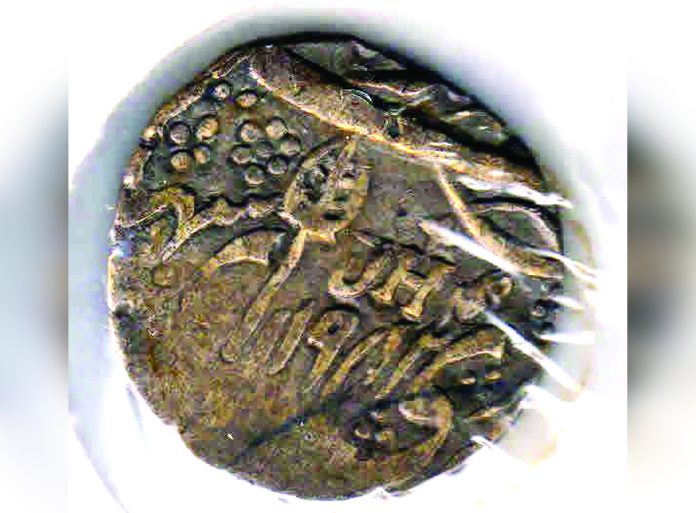Ajay Khajuria
In the year 1897, a significant announcement was made in the princely state of Jammu & Kashmir. From 31st March 1898, the local currencies-chilkis (widely used in Jammu) and khams (circulated extensively in Kashmir)-would cease to be recognized as legal tender. These coins, deeply rooted in the local economy, were replaced by British rupees to streamline trade and align the state’s currency system with British India.
The Exchange Process
To transition to the new currency, the people of J&K were required to deposit their chilkis and khams at royal treasuries in exchange for British rupees. The exchange rates were fixed as follows:
100 chilkis = 59 British rupees
100 khams = 48 British rupees (reflecting their lower silver content).
Once collected, the old coins were regularly transported to Mumbai, where they were likely melted down and repurposed.
Currency in Circulation
At the time, the estimated distribution of chilkis and khams was:
The demonetisation affected a combined total of 44 lakh coins in circulation, of which 34 lakhs were chilkis and 10 lakhs were khams.
Challenges and Impact
Much like modern demonetisation events, this transition came with its share of challenges:
Inconvenience: People had to travel to royal treasuries, often located far from rural areas, to exchange their currency.
Economic Loss: The fixed exchange rates undervalued the local coins, leading to a perceived loss in wealth.
Temporary Trade Disruption: The sudden change disrupted local commerce until the new currency system was fully implemented.
Significance
The demonetisation of chilkis and khams in 1898 was not just a monetary reform; it symbolized the growing influence of British policies on the princely state. It standardized the currency, simplified trade, and integrated J&K’s economy with the broader framework of British India. However, it also caused temporary hardships for the public, highlighting the complexities of implementing such sweeping reforms.
This historical event serves as an early example of how monetary policy changes can have profound economic and social consequences.
(The author is Professor-of-Practice, MIET, Jammu)
Trending Now
E-Paper


